The year 2025 has seen a significant rise in the adoption of geothermal heating systems, driven by the ever-growing demand for sustainable energy solutions. This article delves into the latest market trends, system types, performance metrics, and technological advancements. It aims to provide professional buyers with the essential insights needed to make informed purchasing decisions and capitalize on the benefits of geothermal heating systems.
Table of Contents:
– Geothermal Heating Market Overview
– In-depth Analysis of the Geothermal Heating Market
– Recent Innovations and Market Trends
– Key Factors When Selecting Geothermal Heating Systems
– The Role of Geothermal Heating in Sustainable Energy Solutions
– Technological Advancements in Geothermal Heating
– Future Trends in Geothermal Heating
– Summary
Geothermal Heating Market Overview
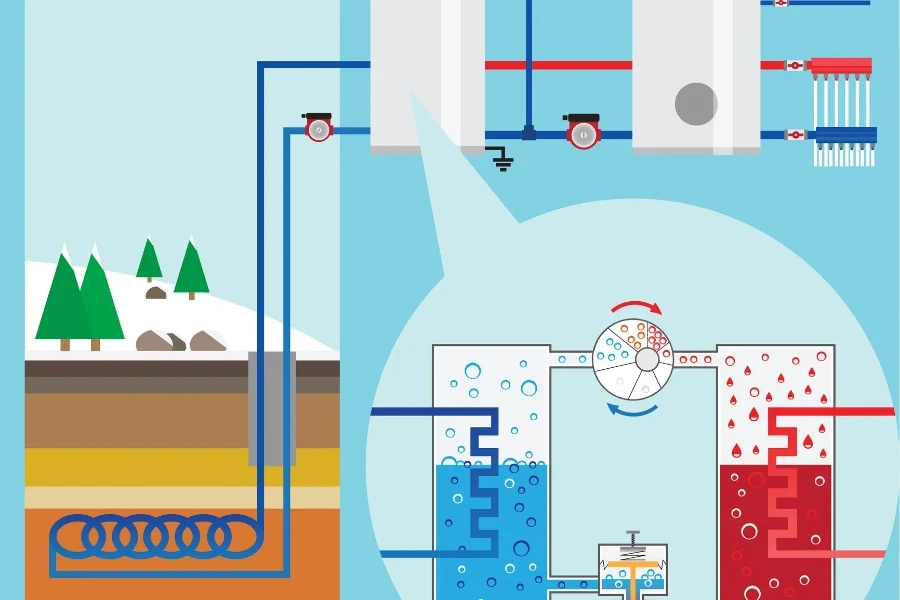
The geothermal heating market has seen significant growth over the past few years and is poised for continued expansion. The global geothermal energy market generated approximately 98.74 billion kWh of electricity in 2024. In the United States, electricity generation in the geothermal energy sector is expected to reach 20.69 billion kWh. This market is anticipated to grow at a compound annual growth rate (CAGR) of 1.41% from 2024 to 2029. Globally, the CAGR is slightly higher at 1.68%, indicating steady growth driven by increasing demand for sustainable energy solutions.
Regionally, New Zealand is expected to produce 8.48 billion kWh of geothermal electricity in 2024, with an annual growth rate of 0.47% through 2029. Germany and France are also emerging as significant players, with projected electricity generation of 241.30 million kWh and 105.60 million kWh in 2024, respectively. The European market is experiencing robust growth due to stringent environmental regulations and government incentives.
The geothermal heat pump market, a subset of the geothermal energy sector, is also growing significantly. Valued at USD 11.97 billion in 2023, it is expected to reach USD 12.82 billion in 2024. By 2030, it is projected to grow at a CAGR of 7.83%, reaching USD 20.30 billion. This growth is driven by increasing demand for energy-efficient heating and cooling solutions, government incentives, and technological advancements.
In-depth Analysis of the Geothermal Heating Market
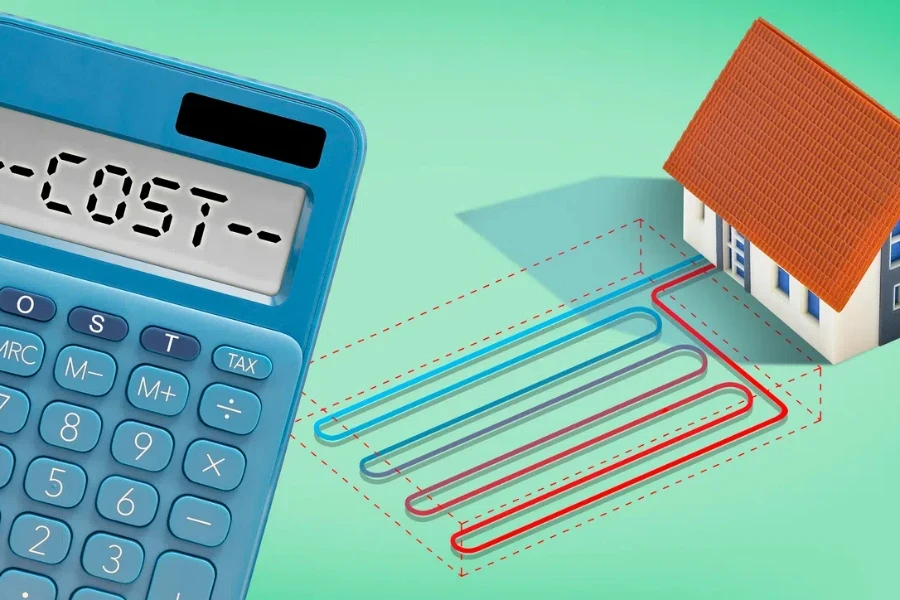
The geothermal heating market is shaped by several key factors. One primary driver is the increasing focus on energy conservation and the shift towards renewable energy sources. Geothermal heating systems offer a sustainable and cost-effective alternative to traditional fossil fuel-based heating systems, making them attractive for both residential and commercial applications.
The market is relatively fragmented, with key players like AltaRock Energy, Inc., Baker Hughes Company, and Mitsubishi Electric Corporation leading the way. These companies are heavily investing in research and development to enhance the efficiency and reliability of geothermal heat pumps. Recent innovations include hybrid systems that combine geothermal and air-source heat pump technologies to maximize energy savings.
Economic influences, such as government incentives and favorable policies, play a crucial role in the adoption of geothermal heating systems. For instance, the US government provides tax credits and rebates for the installation of geothermal heat pumps, significantly boosting market growth. Additionally, social trends towards sustainability and reducing carbon footprints have increased consumer interest in geothermal heating solutions.
Digitalization and advancements in smart home technologies are also impacting the geothermal heating market. Modern geothermal heat pumps are increasingly integrated with smart thermostats and home automation systems, allowing for more precise control and optimization of energy use. This integration enhances user convenience and contributes to greater energy efficiency and cost savings.
Recent Innovations and Market Trends
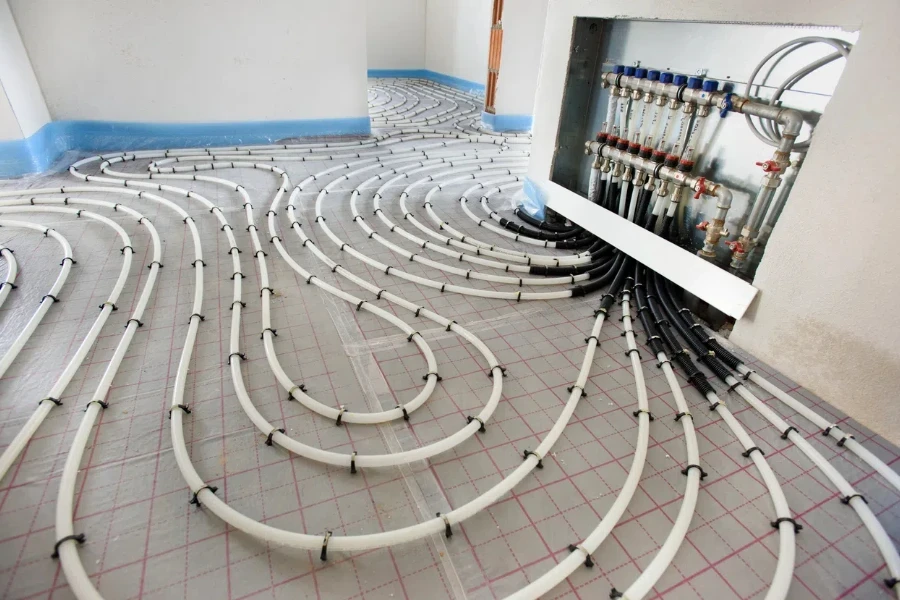
The geothermal heating market is witnessing several innovations that are driving its growth and adoption. One notable trend is the development of high-capacity geothermal heat pumps with rated capacities ranging from 3 kW to 1500 kW. These systems cater to a wide range of applications, from residential homes to large commercial buildings and industrial facilities.
Another significant development is the introduction of offshore geothermal power plants. These plants leverage underwater geothermal resources to generate electricity and heat, offering a new avenue for expanding geothermal energy capacity. This innovation is particularly relevant for countries with limited onshore geothermal resources but abundant offshore potential.
Customer concerns, such as high initial installation costs and worries about water contamination and leaks, are being addressed through technological advancements and design improvements. Companies are developing more cost-effective and reliable geothermal heat pumps to enhance their market appeal. Recent advancements in drilling technology have reduced the costs and risks associated with geothermal installations, making them more accessible to a broader range of consumers.
Brand positioning strategies in the geothermal heating market emphasize sustainability, energy efficiency, and long-term cost savings. Companies differentiate themselves by offering comprehensive warranty packages, exceptional customer service, and innovative financing options to attract and retain customers. The emphasis on sustainability aligns with the global shift towards greener energy solutions and addresses the growing consumer demand for environmentally friendly products.
Overall, the geothermal heating market is set for significant growth and innovation in the coming years. With increasing government support, technological advancements, and a growing emphasis on sustainability, geothermal heating systems are well-positioned to become a mainstream solution for energy-efficient heating and cooling.
Key Factors When Selecting Geothermal Heating Systems
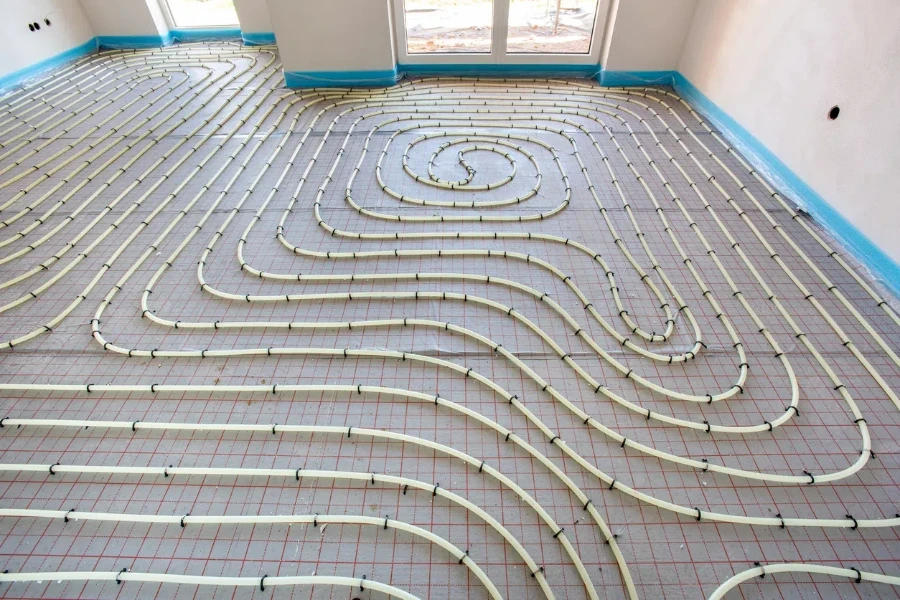
Choosing a geothermal heating system involves several crucial factors that impact performance, cost, and overall satisfaction. These factors include the type of geothermal system, performance metrics, technical specifications, installation complexity, and long-term benefits. Understanding these elements helps in making an informed decision that aligns with specific needs and conditions.
Types of Geothermal Heating Systems
Geothermal heating systems come in various types, each suitable for different applications and environments. The primary types include closed-loop systems, open-loop systems, and direct exchange systems.
Closed-Loop Systems
Closed-loop systems are the most common type of geothermal heating systems. They use a continuous loop of piping filled with a heat-transfer fluid, which circulates between the heat pump and the ground. These systems can be installed horizontally, vertically, or in a pond/lake configuration. Horizontal closed-loop systems require significant land area and involve burying the pipes in trenches. Vertical systems need less land but involve drilling deep boreholes. Pond/lake systems are cost-effective if a suitable water body is available. These systems are known for their reliability and consistent performance.
Open-Loop Systems
Open-loop systems use groundwater or surface water to transfer heat directly to the heat pump. These systems require a water source with a consistent flow rate and acceptable water quality. After the heat exchange process, the water is returned to the ground or surface water source. Open-loop systems are highly efficient but can be subject to environmental regulations and water quality issues. They are typically more suitable for areas with abundant water resources and where local regulations permit their use.
Direct Exchange Systems
Direct exchange systems, also known as DX systems, use refrigerant instead of water or antifreeze in the ground loop. The refrigerant circulates through copper tubing buried in the ground, directly exchanging heat with the earth. These systems are highly efficient and require less tubing compared to closed-loop systems. However, they are more sensitive to soil conditions and require careful installation to prevent refrigerant leaks. Direct exchange systems are ideal for smaller properties where space is limited.
Performance Metrics
When evaluating geothermal heating systems, several performance metrics should be considered. These include the Coefficient of Performance (COP), Energy Efficiency Ratio (EER), and Seasonal Performance Factor (SPF).
Coefficient of Performance (COP)
The COP measures the efficiency of the heat pump by comparing the amount of heat output to the electrical energy input. A higher COP indicates a more efficient system. Geothermal heat pumps typically have COP values ranging from 3.0 to 5.0, meaning they produce three to five units of heat for every unit of electricity consumed.
Energy Efficiency Ratio (EER)
The EER measures the cooling efficiency of the heat pump at a specific temperature. It is calculated by dividing the cooling output (in BTUs) by the electrical input (in watts). Higher EER values indicate better efficiency. Geothermal systems usually have EER ratings between 15 and 30.
Seasonal Performance Factor (SPF)
The SPF provides a comprehensive measure of the heat pump’s efficiency over an entire heating season. It accounts for variations in temperature and usage patterns. A higher SPF indicates a more efficient system throughout the year. Geothermal systems generally have SPF values between 3.5 and 4.5.
Technical Specifications
The technical specifications of a geothermal heating system are crucial for ensuring compatibility with the property’s requirements. Key specifications include the heat pump capacity, ground loop length, and type of heat transfer fluid.
Heat Pump Capacity
The heat pump capacity, measured in tons, indicates the amount of heating or cooling the system can provide. It is essential to size the heat pump correctly based on the property’s heating and cooling loads. Undersized systems may struggle to maintain comfort, while oversized systems can lead to inefficiencies and higher costs.
Ground Loop Length
The length of the ground loop depends on the type of system and the property’s heating and cooling needs. Longer loops provide more surface area for heat exchange, improving efficiency. However, they also require more space and higher installation costs. Proper sizing of the ground loop is crucial for optimal performance.
Heat Transfer Fluid
The choice of heat transfer fluid affects the system’s efficiency and durability. Common fluids include water, antifreeze solutions, and refrigerants. The fluid must be compatible with the local soil and groundwater conditions to prevent corrosion and freezing. Regular maintenance is necessary to ensure the fluid remains effective.
Installation Complexity
The complexity of installing a geothermal heating system varies based on the type of system and site conditions. Factors to consider include site assessment, drilling or trenching requirements, and integration with existing HVAC systems.
Site Assessment
A thorough site assessment is essential to determine the feasibility of a geothermal system. This involves evaluating the soil type, groundwater availability, and space constraints. Professional assessments help identify potential challenges and ensure the system is designed for optimal performance.
Drilling and Trenching
Drilling and trenching are significant components of the installation process. Vertical systems require deep boreholes, while horizontal systems involve extensive trenching. The installation method impacts the overall cost and duration of the project. Experienced contractors with specialized equipment are necessary for successful installation.
HVAC Integration
Integrating the geothermal system with existing HVAC infrastructure can be complex. This may involve modifying ductwork, installing new air handlers, or upgrading control systems. Proper integration ensures seamless operation and maximizes the system’s efficiency.
Long-Term Benefits
Investing in a geothermal heating system offers numerous long-term benefits, including energy savings, environmental impact, and system longevity.
Energy Savings
Geothermal systems are highly efficient, leading to significant energy savings over their lifespan. They reduce reliance on fossil fuels and lower utility bills. The initial investment is offset by long-term savings, making geothermal systems a cost-effective solution.
Environmental Impact
Geothermal systems are environmentally friendly, producing fewer greenhouse gas emissions compared to traditional heating systems. They utilize renewable energy from the earth, reducing the carbon footprint. This aligns with global efforts to combat climate change and promote sustainable energy solutions.
System Longevity
Geothermal systems are known for their durability and long lifespan. The underground components can last 50 years or more, while the heat pump typically lasts 20-25 years. Regular maintenance ensures the system operates efficiently and extends its lifespan, providing reliable heating and cooling for decades.
The Role of Geothermal Heating in Sustainable Energy Solutions
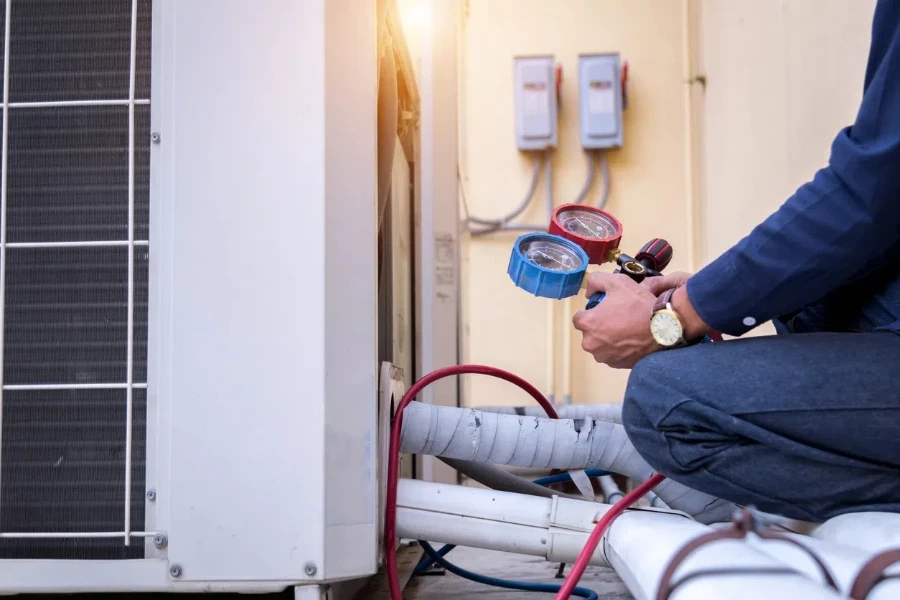
Geothermal heating systems play a crucial role in advancing sustainable energy solutions. By harnessing the earth’s stable temperatures, these systems provide efficient and eco-friendly heating and cooling. They contribute to reducing greenhouse gas emissions and reliance on fossil fuels, aligning with global sustainability goals.
Renewable Energy Utilization
Geothermal systems utilize renewable energy from the earth, making them a sustainable alternative to conventional heating systems. Unlike fossil fuels, geothermal energy is abundant and continuously replenished. This reduces the environmental impact and promotes energy independence.
Reducing Carbon Footprint
By reducing the need for fossil fuels, geothermal systems significantly lower carbon emissions. The high efficiency of geothermal heat pumps means less energy is required for heating and cooling, further reducing the carbon footprint. This contributes to global efforts to mitigate climate change.
Supporting Green Building Initiatives
Geothermal heating systems are a key component of green building initiatives. They contribute to achieving certifications such as LEED (Leadership in Energy and Environmental Design) and BREEAM (Building Research Establishment Environmental Assessment Method). These certifications recognize buildings that meet high standards of energy efficiency and environmental sustainability.
Technological Advancements in Geothermal Heating
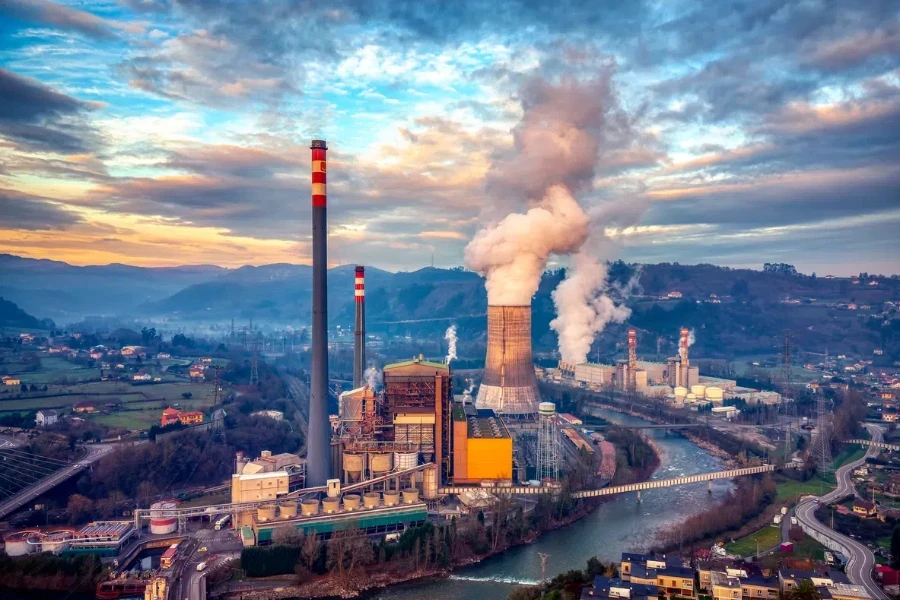
The geothermal heating industry continues to evolve with advancements in technology. These innovations enhance system efficiency, reduce installation costs, and improve user experience.
Enhanced Heat Pump Designs
Modern geothermal heat pumps feature advanced designs that improve efficiency and reliability. Innovations such as variable speed compressors, advanced control systems, and improved heat exchangers contribute to higher performance. These designs also offer better comfort and quieter operation.
Smart System Integration
Integration with smart home systems allows users to control and monitor their geothermal heating systems remotely. Smart thermostats and mobile apps provide real-time data on energy usage and system performance. This enhances convenience and helps optimize energy consumption.
Improved Installation Techniques
Advancements in drilling and trenching technology have made geothermal system installation more efficient and less invasive. Techniques such as directional drilling and compact equipment reduce the impact on the property and lower installation costs. These improvements make geothermal systems more accessible to a wider range of properties.
Future Trends in Geothermal Heating
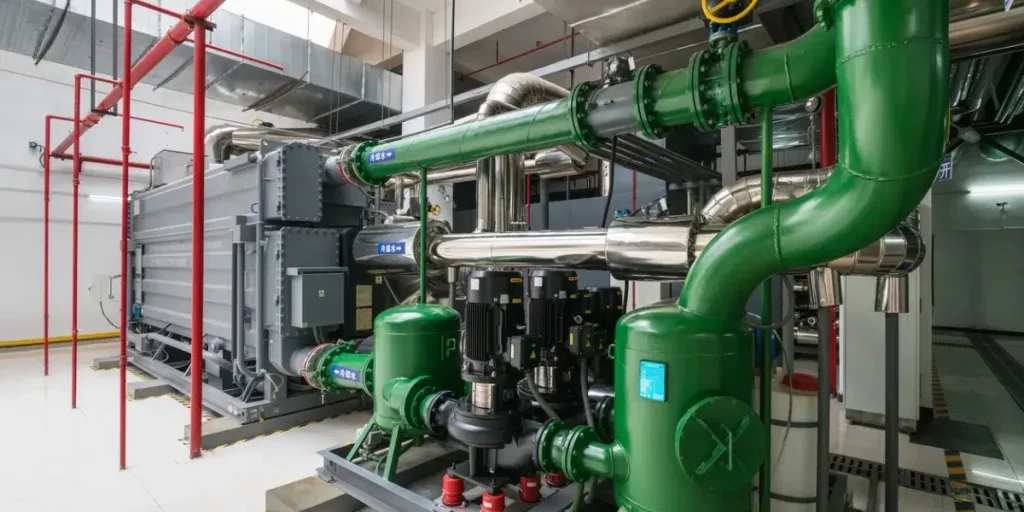
Looking ahead, several trends are expected to shape the future of geothermal heating. These trends include increased adoption, integration with other renewable technologies, and advancements in system design.
Increased Adoption
As awareness of the benefits of geothermal heating grows, adoption is expected to increase. Incentives and rebates from governments and utilities encourage more homeowners and businesses to invest in geothermal systems. This trend is likely to continue, driven by the need for sustainable and cost-effective energy solutions.
Integration with Solar Energy
Combining geothermal heating with solar energy systems offers a comprehensive renewable energy solution. Solar panels can provide electricity to power the geothermal heat pump, creating a synergy between the two technologies. This integration maximizes energy savings and further reduces the carbon footprint.
Innovations in System Design
Ongoing research and development are expected to yield innovations in system design. Future geothermal systems may feature more compact and modular components, making them easier to install and maintain. Advances in materials and technology will continue to improve efficiency and durability.
Summary
In summary, geothermal heating systems offer a sustainable, efficient, and cost-effective solution for heating and cooling. Key factors to consider when selecting a system include the type of system, performance metrics, technical specifications, installation complexity, and long-term benefits. Geothermal systems contribute to reducing carbon emissions, supporting green building initiatives, and advancing sustainable energy solutions. With ongoing technological advancements and future trends, geothermal heating is poised to play a significant role in the global transition to renewable energy.



